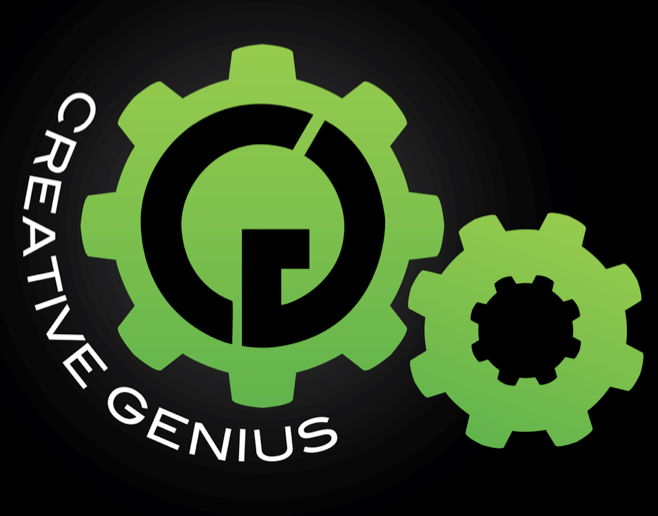This will be a list
Or a table
of latest posts
or related posts
visible on almost every page
but for now, Twitter
Tweets by @Creating_Genius
Mechanics Programming
and other front-end games development
Starlight’s Original Darkness and Shadow Effects
Starlight is a game that revolves a lot around lighting. For this reason, I had to experiment in many ways to get the desired effect, using Objective C programming in Xcode. One example is of a silhouette of an item that is having light reflected off of it, projected into the background, using the relation between the light source and the projecting object as a guide to the shadows location.
I also experimented in different ways to apply darkness in the game. One, was many small shapes, that would hide when the light touched them. The problem with this is that the shapes could not be a gradient, as the gradient would be visible throughout, creating a very unpleasant visual effect. The other was the strain on the memory, especially on small devices, it often caused tremendous lagging, and even in the above video you can clearly see how slow the frame rate is.
Starlight’s New Darkness and Shadows
The below method of projecting shadows, was drawing a dynamic shape using vectors, orientated in a similar (yet more complicated) way to the first method method of silhouette projection. This allows for a lot more experimentation, including slope based collision instead of standard box collision, and elevator like mechanics that required some changes to the updating methods. The trickiest part so far is creating a definitive end to the shadow, it can’t cast for ever, but the player should not be able to see it. I have had problems combing Gradients with dynamic vector shapes, and am currently working on that.
In the second version, I also change the darkness effect, by drawing a dynamic hole made of vectors, in a box of pure black that engulfs the playable area of the screen. With this, the processing strain was reduced tremendously, and the visual affect was much smoother. There were some issue with multiple holes, as the game would have multiple light sources, but the principle is down and simply requires implementation.
Silent Symphony’s Working Flute
In Silent Symphony, (the tablet version made in Xcode), I programmed it so that the player can freely play music using the inbuilt flute. By playing certain notes with the right conditions, the player can then cast various magic. This was not too complicated a feature, but getting it to feel comfortable and work intuitively was still tricky.
The system of different notes referring to different colours, and maintaining both an audibly and visually consistent affect was a tricky one to implement, and there is still room for improvement.
Stasis
Though I don’t have any gameplay footage at the moment, this is the environment test for Stasis. Stasis was a 3D FPS game built in Unity, but the unique feature was that you don’t use a gun, but a stasis device, that has the power to “suspend” matter in a localised place. The engine test was third person, so that we could better see the bugs and animation (that is not included in this video) and we also used the “Factory” level to test some other game features.
My Notes
Not particularly happy with the limitations of virtual notebooks in some mobile devices, I set out to create a system that suited my needs using XCode. This “clipboard” was to work more like a board, where you put post notes on it, and each note contains unique and personalised information. You can save and go back and edit these notes, or see shorthand versions of them for quick review. I even added a simple drawing application on there.


